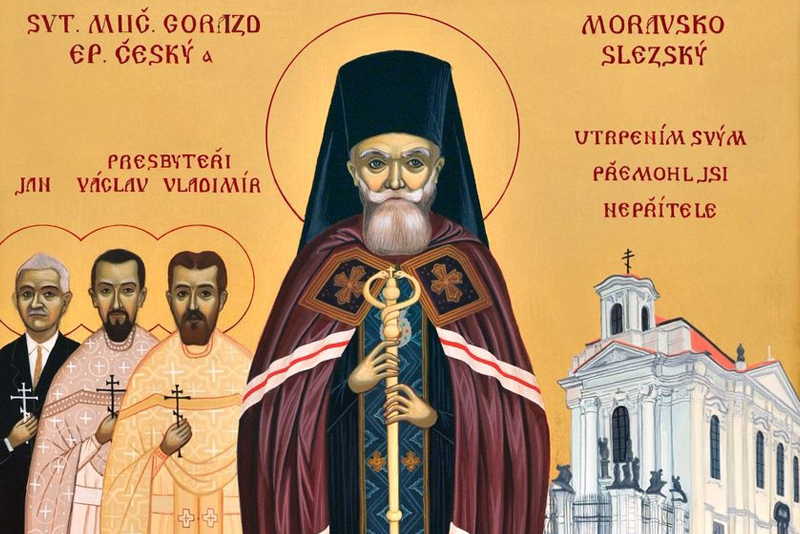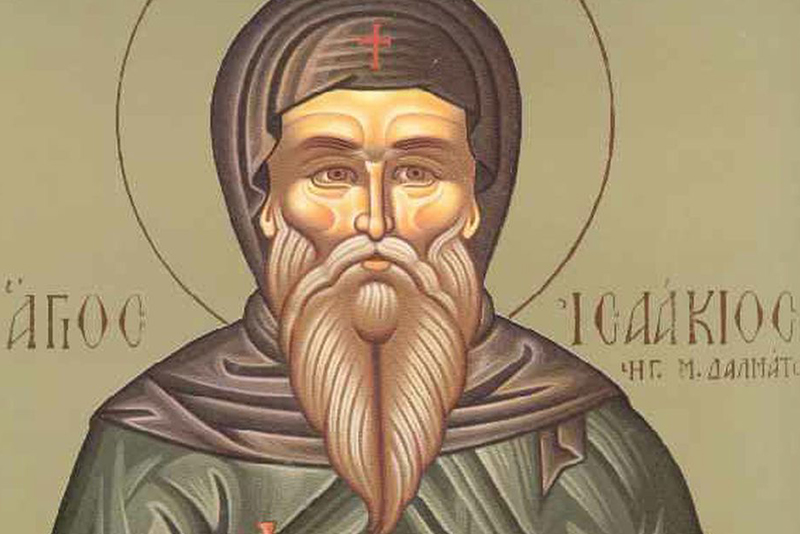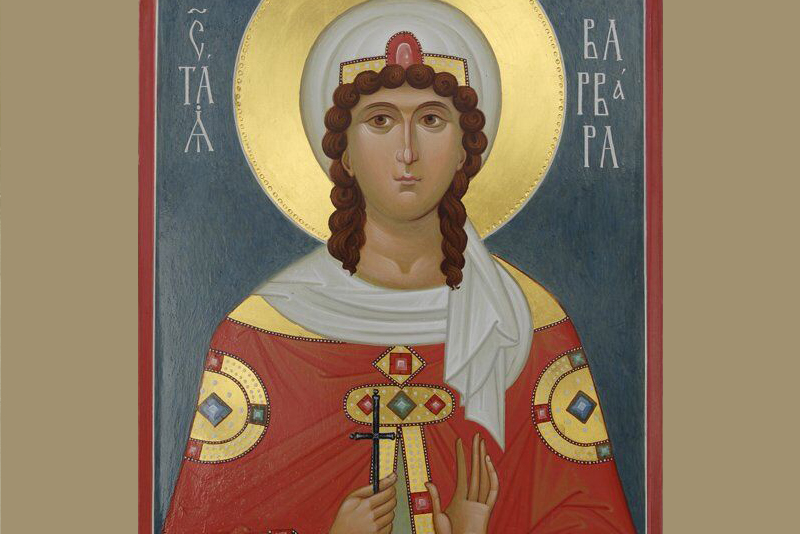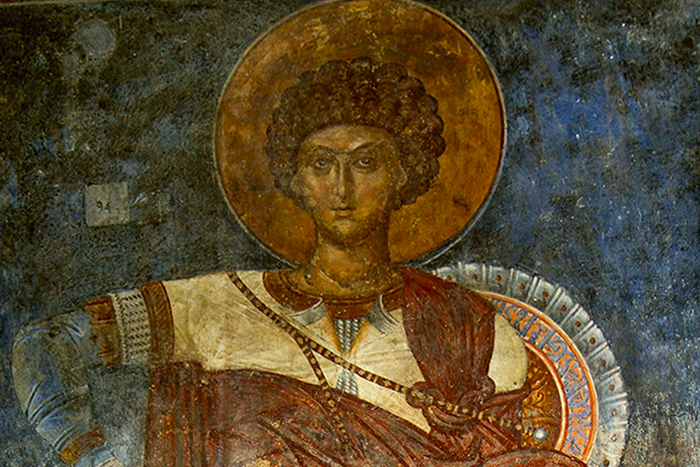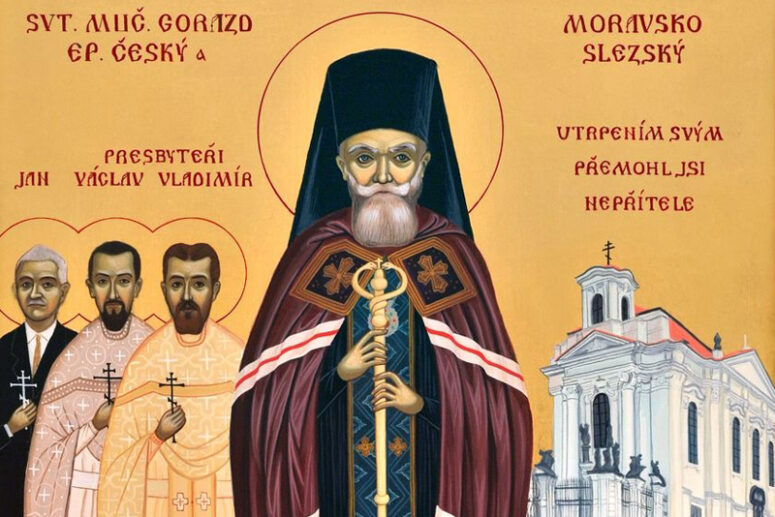
On 4 September the Church commemorates one of the most prominent saints of the previous century. His birth name is Matvej Pavlik. He was born in 1879 in Moravia, to a Catholic family. In the early 20th century he received his ordination as a Catholic priest. Yet, even at that time, he began to show interest in the Eastern church and question many aspects of the Roman church doctrine. In those years, many Czechs shared fond memories of Sts. Methodius and Cyril had made available to the Slavs liturgical texts in their language. The establishment of the Czech and Slovak state in the wake of World War 1 coincided with the crisis of the Roman Catholic church in this part of the world. An independent Czechoslovak Gusite church was established, with Matvej Pavlik as one of its leaders. Matej was seeking rapprochement of the new church with the Orthodox church, which he believed would be the return to the roots of the Christian faith. However, this process was stalled in its tracks.

In 1921, Matvej Pavlik joined the Serbian Church and was tonsured as a monk with the name Gorazd (in honour of Saint Gorazd, a disciple and follower of Sts. Cyril and Methodius). A short time later, he was ordained as a bishop. By 1924, the ultraliberal wing that had prevailed within the Gusite Church was in radical opposition to many aspects of the Orthodox doctrine. As a result, Bishop Gorazd and his flock left the Gusite Church and established a new ecclesiastical jurisdiction. Despite the resistance of the Czechoslovak government, the Roman Catholic Church and the Gusite, the Orthodox Church was gradually strengthening its positions, opening as many as fourteen churches from 1928 to 1942. Bishop Gorazd was actively preaching and bearing witness to his faith. He wrote several prominent works, including a catechism and a book titled “1168 questions about the Orthodox Church”. Many of his writings have been translated into the Russian language.

In 1938 – 1939 Chechia came under Nazi occupation. On 27 May 1942, Czech resistance fighters in Prague assassinated Reichsprotector Heidrich, a ruthless Nazi killer. They took refuge in the Orthodox church of Sts. Cyril and Methodius. Twelve days later, the Nazis tracked them down and stormed the church to capture them. The church’s clergy were also arrested. Bishop Gorazd, who was in Germany at the time and had an alibi, decided to assume the guilt to save the Czech Orthodox Church. He was subjected to brutal interrogation and torture. On 4 September 1942, he was shot to death, together with Archpriest Vyacheslav Cikla, Priest Vladimir Petrzka and church orderly Jan Sonnevend.
The execution of the clergy did not preclude the prohibition of the Orthodox Church by the Nazi authorities. Soon, the members of the prohibited church venerated Gorazd as a martyr and a symbol of resistance to evil. In 1961, Bishop Gorazd was canonised as a saint. In Czechia, he is called Saint Gorazd II, as a reference to his notable namesake Gorazd, a disciple of Sts. Cyril and Methodius.
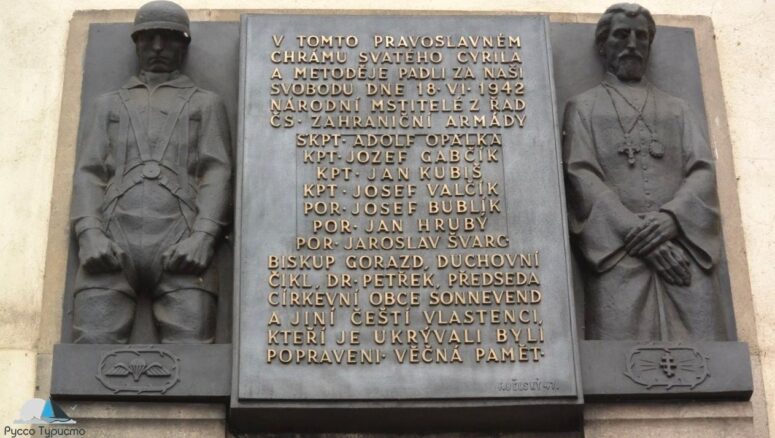
Kontakion to the Holy Martyr Gorazd of Prague
Amid currents of uncertainty, you remained in truth like the hardest diamond, and you preached to your native land Orthodoxy — the way of salvation. After a God-favoured life as a teacher of the Gospel, O high priest and shepherd, you patiently and bravely received the martyrs’ crown from Christ the Savior. O Martyr, Enlightener, Father Gorazd, pray for us in the Kingdom of God.

Translated by The Catalogue of Good Deeds
Source: https://vk.com/wall-126392018_5882

